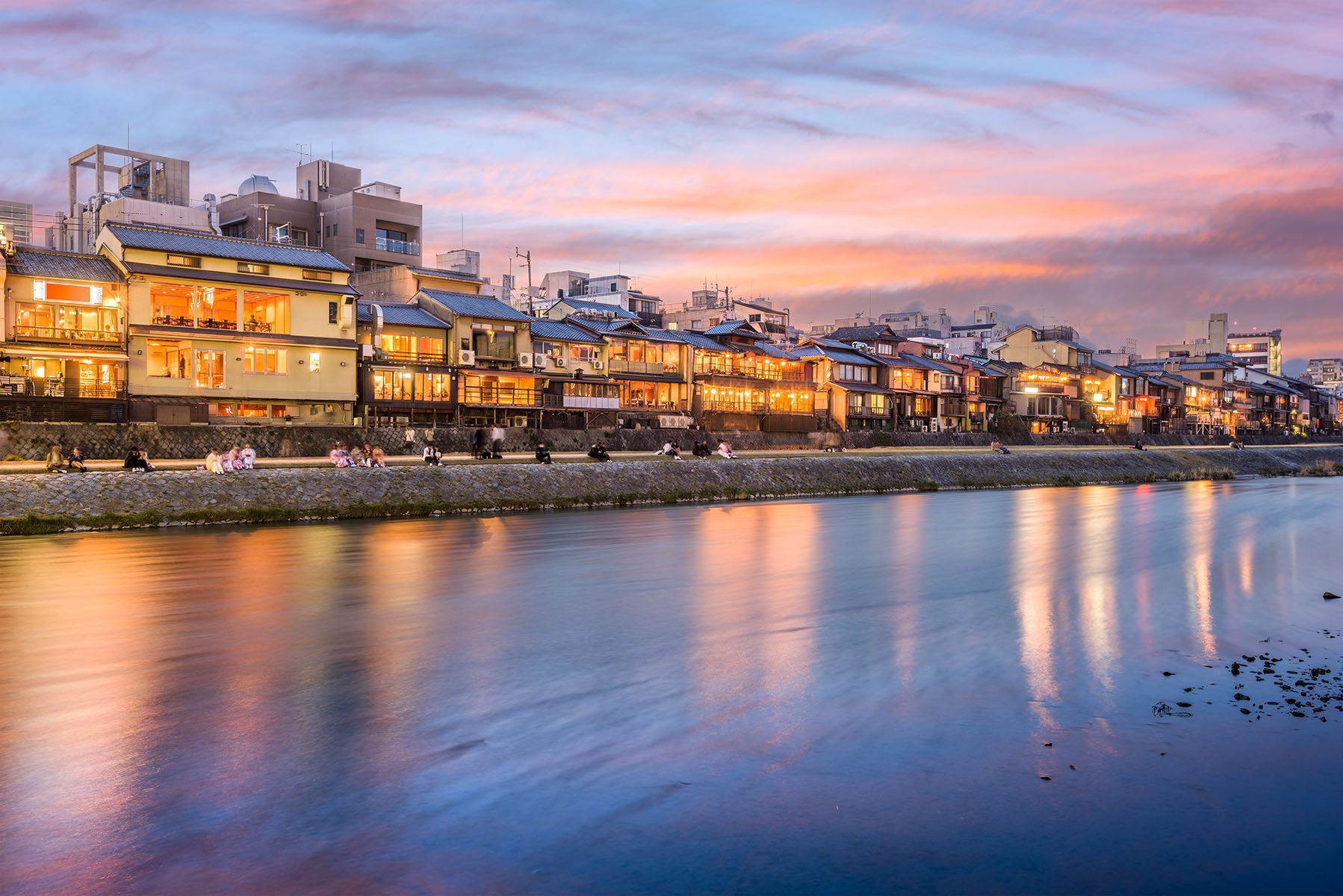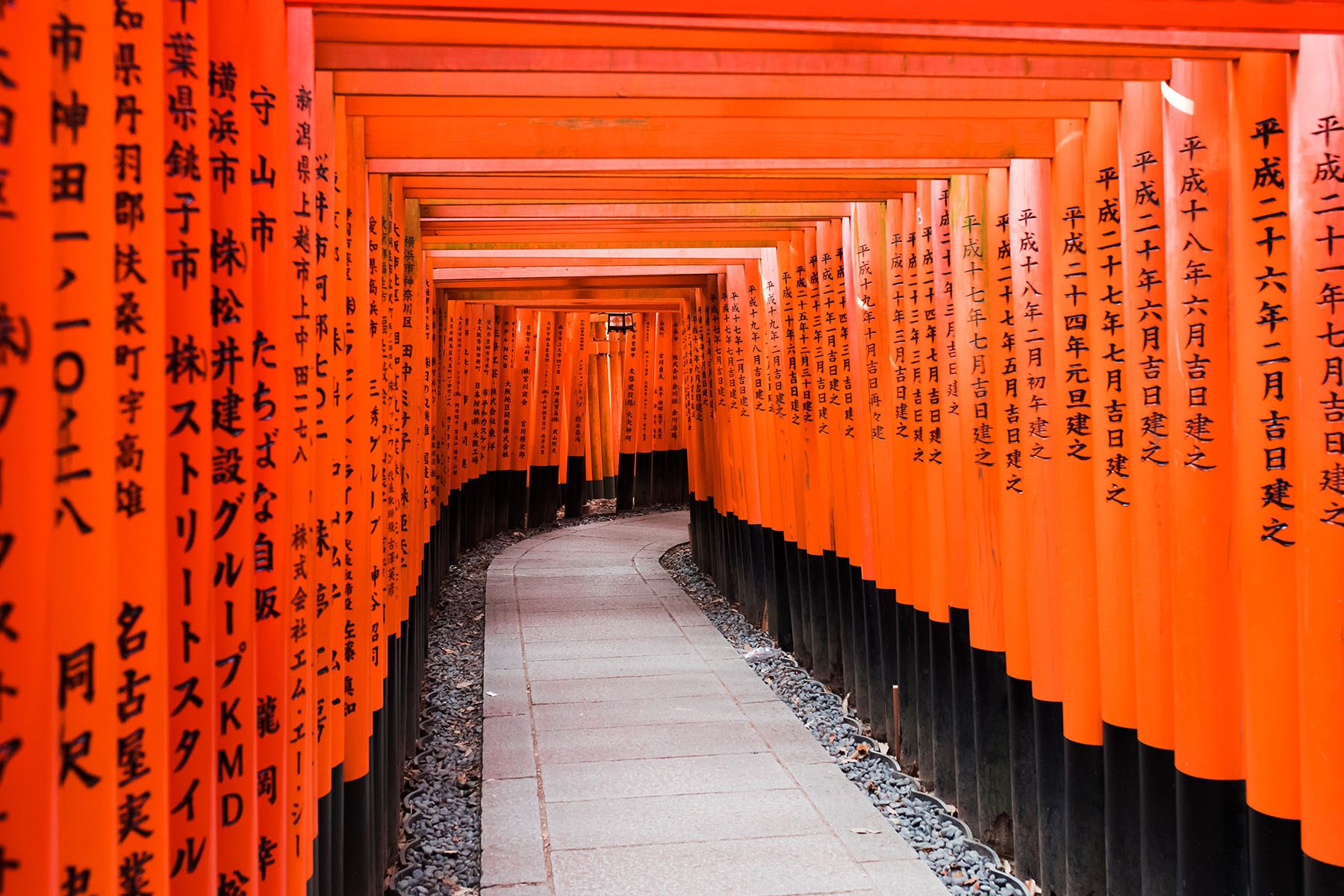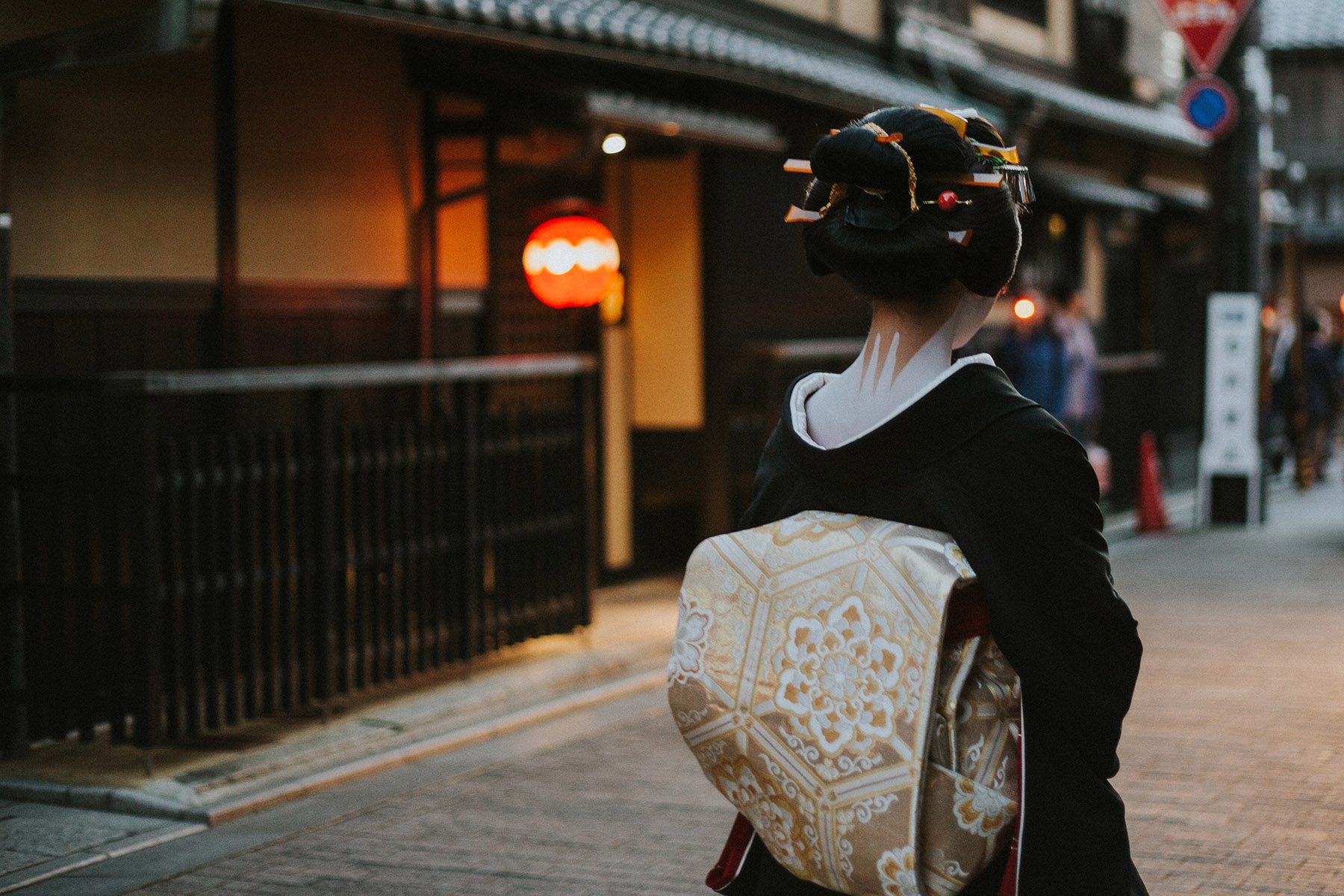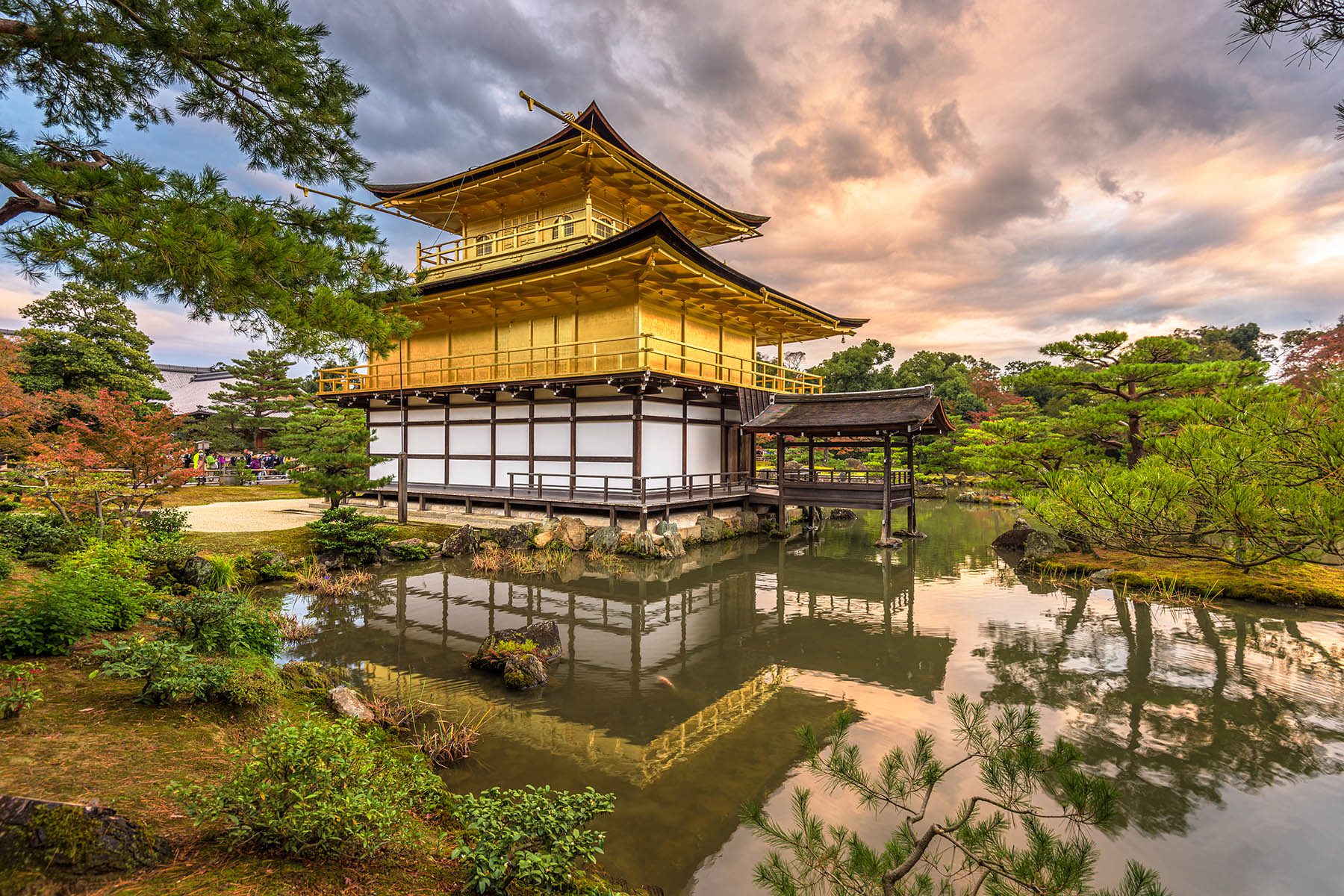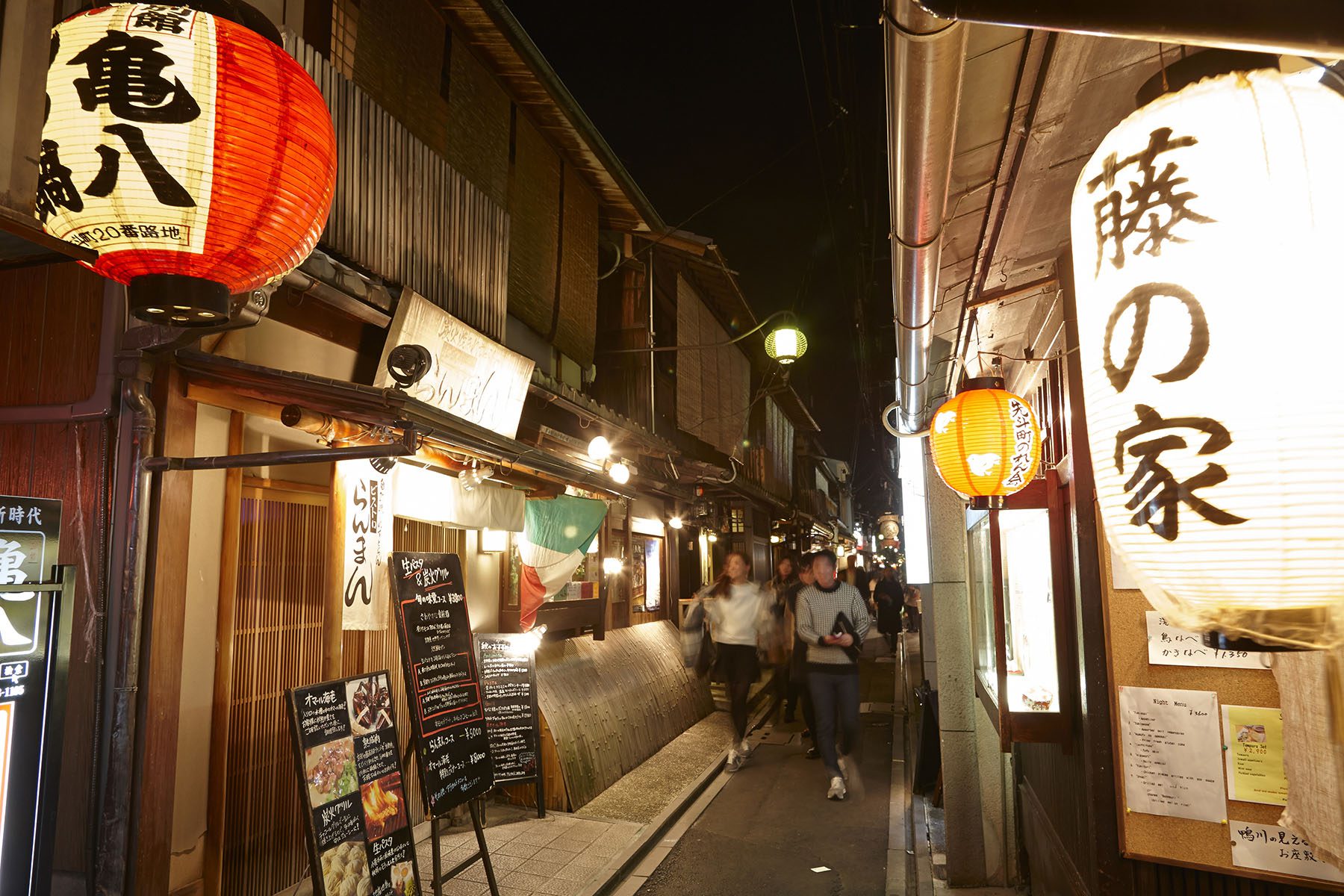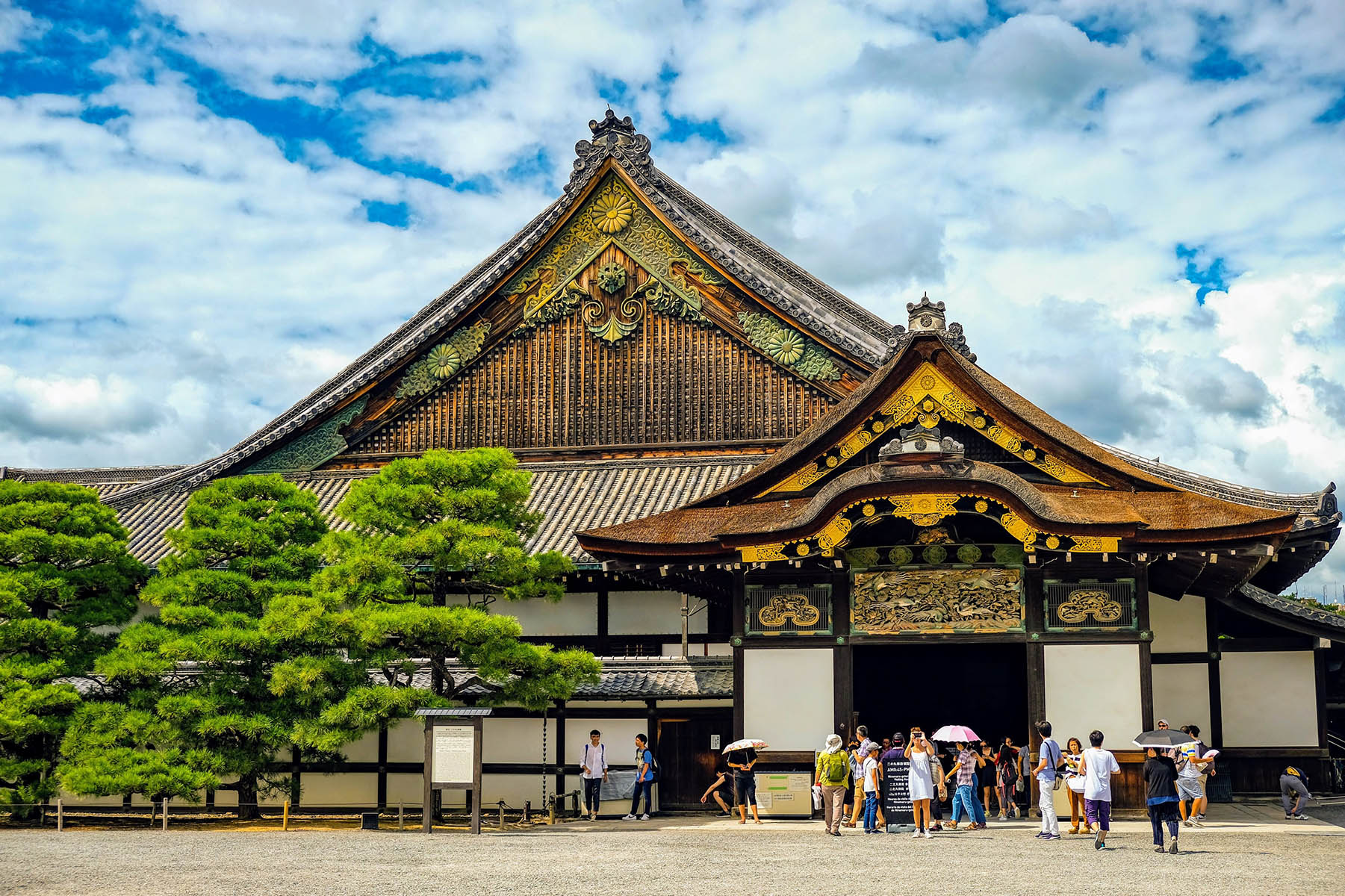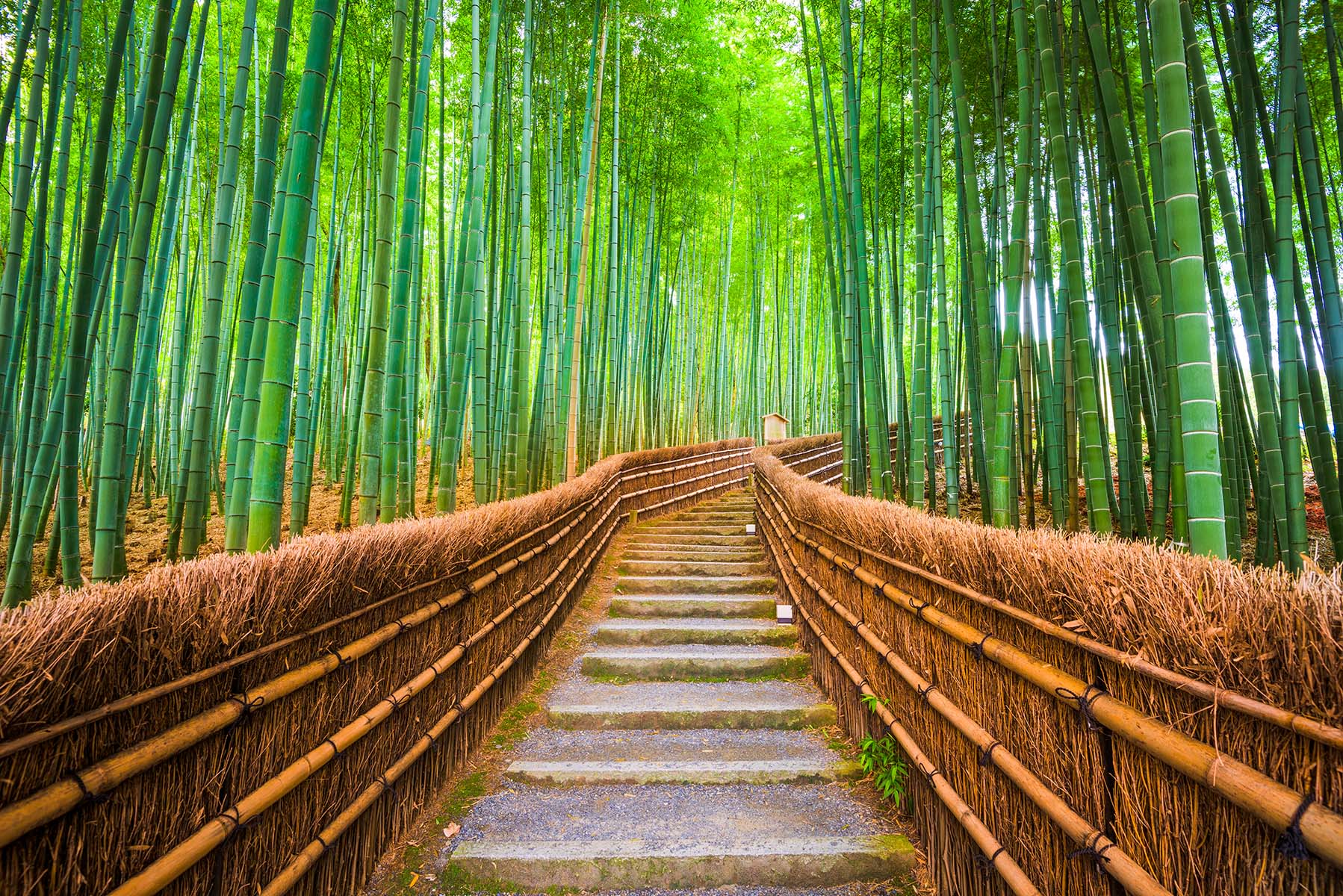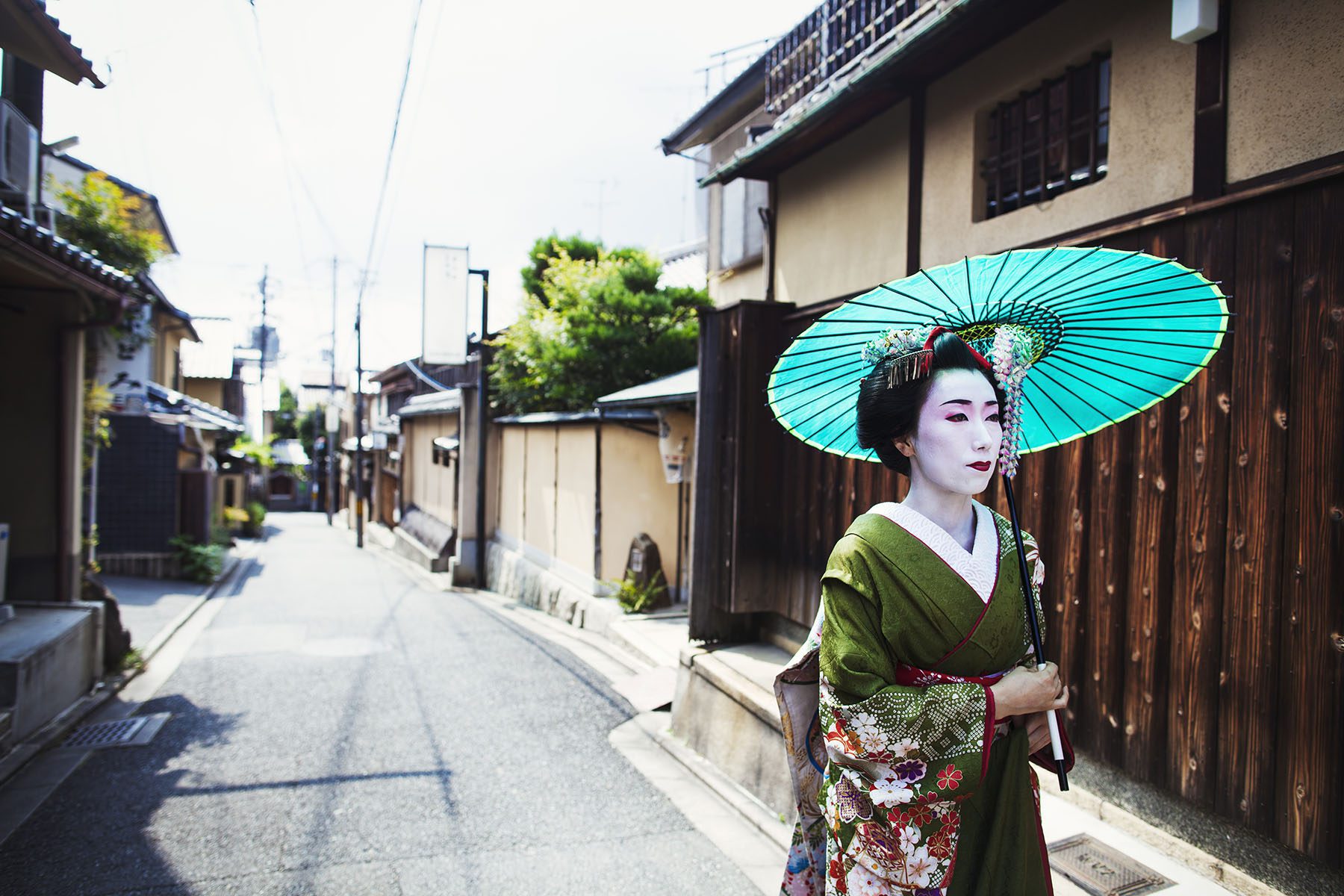Kyoto
Ancient Imperial Capital
A calm and cultured historic center, Kyoto is an essential visit for a once-in-a-lifetime opportunity to experience the perfectly preserved spirit of ancient Japan.
Discover Kyoto
Far from just a beautiful city, Kyoto was the capital of Japan for over one thousand years. With its rich Imperial history, stunning architecture, and profound cultural heritage, Kyoto is a city that enchants visitors from around the world.
Originally designed in the eighth century, Kyoto’s layout draws inspiration from the Tang dynasty capital of China. It is nestled between Mount Hiei and Mount Atago. The gently sloping hills on three sides offer breathtaking vistas, while the southwest opens up towards Osaka, with easy transport links between the two.
Prepare to be immersed in Kyoto’s cultural wonders, as the city is home to an impressive array of UNESCO World Heritage sites, including 1,600 Buddhist temples and 400 Shinto shrines. The Kyoto Imperial Palace, Kiyomizu-dera, Kinkaku-ji (Golden Pavilion), Ginkaku-ji (Silver Pavilion), and the Katsura Imperial Villa are just a few of the prominent landmarks that showcase the city’s architectural splendor. Art enthusiasts will find delight in visiting the Kyōto National Museum, Kyōto Municipal Museum of Art, and Kyōto Municipal Traditional Crafts Centre.
Throughout the year, Kyoto hosts three major festivals that are deeply ingrained in the city’s cultural fabric. The Aoi Festival in May, the vibrant Gion Festival in July, and the historical Jidai Festival in October are eagerly anticipated events that showcase traditional costumes, performances, and processions. Kyoto’s residents take great pride in their city’s heritage and are known for their warm hospitality.
Delve into Kyoto’s artistic treasures as you explore its temples and shrines, where refined aristocratic culture converges with Zen philosophy. Kyoto is home to “living national treasures,” individuals recognized for their exceptional craftsmanship and artistic skills. As you wander Kyoto’s streets, you’ll uncover hidden gems: sacred shrines nestled amidst bustling shopping arcades, time-honored teahouses juxtaposed with modern businesses, and the geisha gracefully moving through the backstreets. Kyoto offers an endless array of discoveries, allowing you to experience its magic in every corner.
Prepare to be captivated by Kyoto’s timeless allure, where tradition seamlessly blends with contemporary life. Immerse yourself in the city’s vibrant culture, savor its exquisite cuisine, and create cherished memories as you unravel the secrets of this extraordinary destination.

